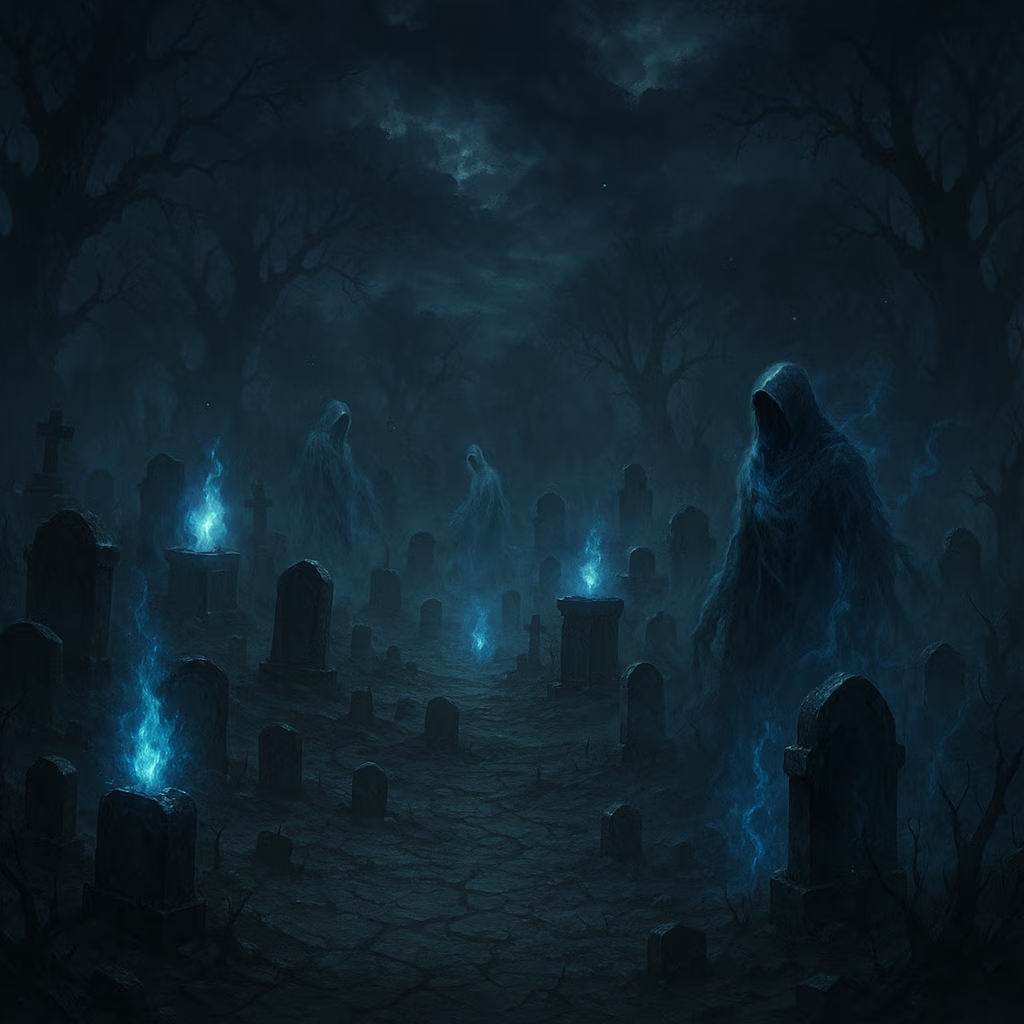The annual ritual for basketball fans is here, as 2025 sees the much-anticipated launch of NBA 2K26. However, the release has been anything but a simple slam dunk. The gaming community is buzzing with a mixture of praise for on-court improvements and sharp criticism over a now-infamous cover art controversy. While Visual Concepts has delivered some welcome gameplay enhancements, a growing sentiment among players is that the franchise, despite its flash, is settling into a pattern of highs and lows that feels all too familiar.
A Tale of Two Covers
The initial marketing wave for NBA 2K26 perfectly captures this duality. On one hand, the announcement of Angel Reese as the WNBA Edition cover athlete was met with widespread celebration. It was a move hailed as a significant and well-deserved moment for women's basketball, with fans praising 2K for giving a rising star her moment in the spotlight. It felt fresh, exciting, and forward-thinking. 🤩

On the other hand, the reveal of the standard edition cover featuring the incredibly talented Shai Gilgeous-Alexander was immediately overshadowed by its design. Fans online were quick to label the cover "lazy" and an "abomination," pointing out the bizarre, blurred-out background effect. Some eagle-eyed players even noticed that the background figures of Al Horford and Luke Kornet appeared to be duplicated. This graphic design fumble led to a firestorm of criticism, with many longtime fans recalling the iconic, poster-worthy covers of the past and questioning the effort put into this year's presentation.
On-Court Polish Meets Offline Stagnation
Once players get past the cover, NBA 2K26 thankfully delivers where it matters most: the gameplay. A number of key improvements have made the on-court action feel more fluid and responsive than ever. Reviewers and players alike are celebrating:
-
A Revamped Shot Meter: The unintuitive meter from 2K25 is gone, replaced by a curved bar that dynamically adjusts based on defensive pressure. It's more intuitive and makes shooting feel genuinely rewarding again.
-
Smoother Player Movement: Gone is the feeling of running in quicksand. Players now cut, dribble, and defend with a new level of smoothness that makes the entire experience feel more natural.
-
Go-To Post Shots: Big men can finally dominate in the paint with signature moves like the Sombor Shuffle, adding a new, methodical dimension to a team's offense.
Unfortunately, this polish doesn't extend to all modes. The offline-focused MyNBA mode has seen practically non-existent improvements, with the new "Offseason Scenarios" feeling forced and unrealistic. For the segment of the player base that loves franchise-building, this year's entry is a significant disappointment, feeling more like a roster update than a full-fledged sequel.
The Grind is Real: MyCareer and The Microtransaction Debate
The fan-favorite MyCareer mode returns with a story called "Out of Bounds," which has been praised as the best narrative in years. It follows your player's journey from a high school nobody to a pro, with in-game performance actually impacting your career trajectory. This return to form is a huge win for immersion. However, the experience is still deeply entangled with the franchise's most controversial element: Virtual Currency (VC).
Leveling a player to a 99 overall rating can cost upwards of 500,000 VC, which translates to roughly $120 in real money. This heavy investment, both in time and potentially cash, has sparked widespread debate. Some in the community have even drawn parallels to the progression systems in other notoriously demanding online games. The discussion around Lost Ark nba2k26 similarities isn't about gameplay crossover, but a shared philosophy on the grind. Players are questioning if a rewarding sports simulation should require a progression loop that feels as intensive and potentially costly as a massive MMORPG. It's a debate about what's a fair value for players' time and money.
While the inclusion of WNBA players in MyTeam, like a starter Ruby Kelsey Plum, is a fantastic addition that makes building a competitive squad easier, it doesn't erase the predatory nature of microtransactions. The constant push for Season Passes and VC deals remains a blemish on an otherwise improved game. In the end, NBA 2K26 is a microcosm of modern AAA gaming: a product with a brilliant core that is held back by business decisions that often feel at odds with the player experience. It's a step forward on the court, but for many, it's a familiar sidestep everywhere else.
Leave a Comment
0 Comments